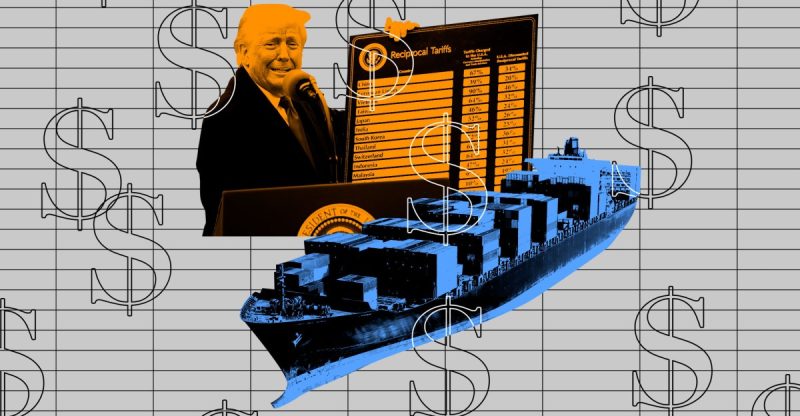
The Trump administration has significantly increased tariffs on low-value packages from China and Hong Kong, sending shockwaves through the online shopping world. This move, detailed in a recent executive order amendment, effectively triples the cost for consumers purchasing goods from popular online retailers like Temu and Shein.
Previously, packages valued under $800 were subject to a 30 percent tariff on the total value or a flat $25 per postal item. Now, the new tariffs have soared to a hefty 90 percent of the package value or a staggering $75 per item. The White House has yet to clarify which rate will apply to individual packages, leaving both consumers and shipping carriers in a state of uncertainty. The executive order suggests carriers have the option to choose either method.
This dramatic escalation is yet another front in Trump’s ongoing trade war, particularly targeting China. Following China’s announcement of retaliatory tariffs, Trump responded by further increasing taxes on Chinese goods, bringing the total tariff to a staggering 104 percent on some items. This far-reaching policy impacts a vast array of goods, from clothing and electronics to everyday items like screws, highlighting the significant consequences of this trade dispute.
The economic implications are vast, given China’s dominant role in global manufacturing and the US’s position as the world’s largest importer. Economists have consistently argued that tariffs alone are insufficient to restore manufacturing jobs to the US, a claim often refuted by Trump and his administration. This latest tariff increase adds another layer of complexity to an already turbulent trade landscape.
The abrupt nature of these changes presents logistical challenges for both businesses and consumers. The impact on shipping companies like USPS and DHL remains to be seen, with potential delays and backlogs expected. The new tariffs take effect on May 2nd, leaving only a short window for adjustment before the prices of many imported goods increase dramatically. This leaves consumers with a difficult choice: pay significantly more for goods from their favorite online retailers, or forgo purchasing them altogether. The long-term consequences of this latest trade maneuver remain to be seen, but its immediate impact is undeniable.










